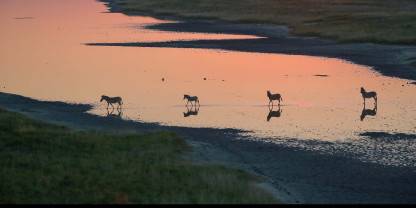Average User Rating
Rating Breakdown
Write a User Review US
Visited:
April 2007
Reviewed: Jul 29, 2011
US
Visited:
April 2007
Reviewed: Jul 29, 2011
Email Linda Hoernke | 50-65 years of age
 ES
Visited:
April 2007
Reviewed: Oct 25, 2011
ES
Visited:
April 2007
Reviewed: Oct 25, 2011
65+ years of age
 US
Visited:
October 2011
Reviewed: Dec 11, 2011
US
Visited:
October 2011
Reviewed: Dec 11, 2011
35-50 years of age
 US
Visited:
September 2011
Reviewed: Jan 27, 2012
US
Visited:
September 2011
Reviewed: Jan 27, 2012
35-50 years of age
 ZA
Visited:
May 2011
Reviewed: Jan 30, 2012
ZA
Visited:
May 2011
Reviewed: Jan 30, 2012
20-35 years of age







